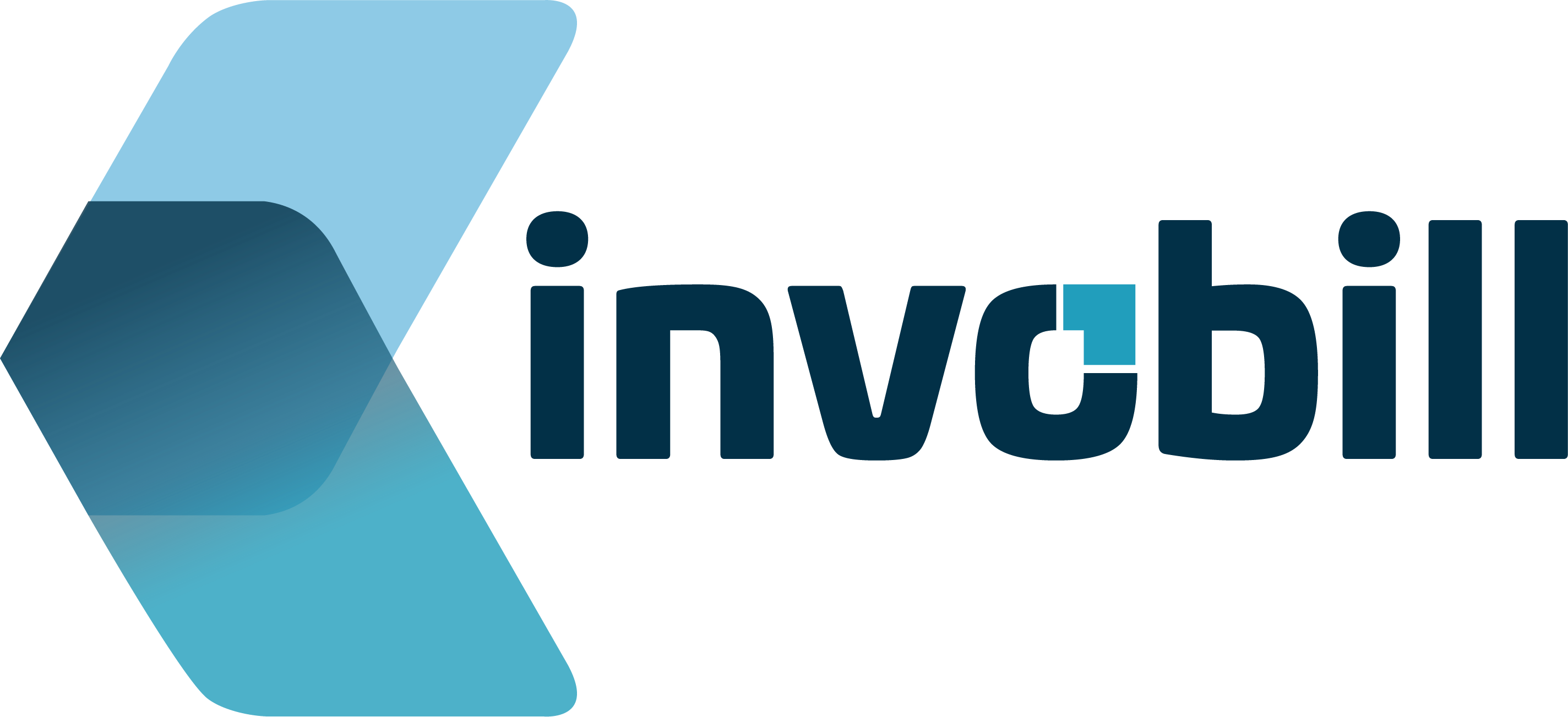Should you Outsource Accounts Receivable Services?
There were days whenever you had to watch a movie, you needed to make a trip to Blockbuster. You’d browse the aisles and pick a VHS or DVD of your favorite film.
But everything changed when Netflix came. All of a sudden, you didn’t need to leave your house to buy a movie.
Business finances have gone through a similar shift. In-house teams manage accounts receivable, and in the last decade or so, we have had the option of outsourcing.
But should you outsource accounts receivable services in 2025? Let’s find out.

What is Accounts Receivable Outsourcing?
Accounts receivable outsourcing is when a business hands over its A/R tasks—invoicing, payment tracking, and following up on overdue bills to a third-party provider. Some outsourcing partners even handle customer credit checks and other financial processes.
By outsourcing these responsibilities, businesses can free up time and resources to focus on more important things—like growing their company or tackling complex A/R issues in-house.
It can also help cut costs since hiring and training an internal team isn’t cheap. Of course, the success of outsourcing depends on the provider.
However, when done right with an experienced partner, it can make a big difference in efficiency and cash flow.
Why Outsource Accounts Receivable Services?
Outsourcing A/R can bring a range of benefits, depending on which tasks are delegated. Some business owners worry about losing control over a critical financial function—but outsourcing doesn’t necessarily mean giving up control.
Instead, it’s about gaining efficiency and expertise in an area that can directly impact cash flow. Here’s why businesses choose to outsource:
- Expertise and experience: A/R outsourcing companies specialize in managing receivables. Their teams are trained to handle everything from collections to credit management, meaning better processes, fewer delays, and faster payments.
- Cost savings: While outsourcing has upfront costs, it can be cheaper than hiring, training, and maintaining an in-house team. Many outsourcing firms operate at scale, allowing them to provide services at a lower cost.
- Faster payments and improved metrics: By outsourcing, businesses can speed up their invoicing and payment cycles, improving cash flow and key financial metrics like days of sales outstanding (DSO) and A/R turnover ratio.
- More time for core business tasks: Instead of getting bogged down in collections and follow-ups, businesses can focus on revenue-generating activities, customer relationships, and growth strategies.

The Downsides of Outsourcing Accounts Receivable
Outsourcing isn’t perfect. While it can save time and money, there are also risks and challenges to consider:
- Third-party involvement: No one cares about your customers as much as you do. Bringing in an external team to manage financial interactions can be tricky. A bad experience with an outsourced A/R agent can damage a customer relationship and hurt your bottom line.
- Long-term contracts can be costly: Many outsourcing providers require multi-year contracts. If business slows down and you need to cut costs, you might be stuck paying for services you no longer need.
- Customer privacy concerns: Handing off A/R means giving outsiders access to sensitive financial data. That means extra oversight is needed to ensure customer information stays protected.
- Less direct customer interaction: With your team no longer handling payments, you could miss out on key customer insights. If a client is unhappy, you might not hear about it until it’s too late. And if an issue arises—like a delayed refund—it could take longer to resolve since your team isn’t directly involved.
- Risk of inconsistency and disruption: If your outsourcing provider has security issues, files for bankruptcy, or faces unexpected disruptions, your A/R process could halt. If the company is based overseas, global conflicts or natural disasters could also affect operations.

A Smarter Alternative: Automated Accounts Receivable
Whether you keep A/R in-house or outsource it, both options have pros and cons. But there’s a third way that combines the best of both worlds: automation.
With A/R automation, you stay in full control while simplifying collections, invoicing, and follow-ups. No third-party involvement means no risk to customer relationships, and you always know who has access to your financial data. Plus, automation makes it easier to scale as your business grows.
Automation can also help cut costs—just like outsourcing—by providing predictable pricing without the headache of long-term contracts. And you get access to cutting-edge A/R technology and best practices without giving up control.
For businesses looking for efficiency without compromise, automation is a solid solution. It reduces manual work, speeds up cash flow, and keeps you connected to your customers while keeping your financial processes secure and scalable.
At InvoBill, we make collecting customer payments effortless and efficient. Our accounts receivable automation software helps you:
- Send automatic, personalized payment reminders to customers as soon as invoices become overdue, so you never have to chase payments manually.
- Track your KPIs with simple financial reports, which provide insights into outstanding balances, overdue payments, and collection performance.
- Improve collaboration across sales and finance teams with shared dashboards, automated communications, and task management—ensuring everyone stays aligned on receivables.
Final Thoughts
Outsourcing accounts receivable can be a game-changer for businesses looking to streamline collections, improve cash flow, and free up internal resources. But it’s not without its risks.
For those who want the efficiency of outsourcing without the downsides, automation might be the best path forward. It keeps A/R processes running smoothly while giving you full visibility and control over your finances.
FAQs
What is the 80-20 rule in accounts receivable?
The 80-20 rule, also known as the Pareto Principle, suggests that 80% of a company’s outstanding receivables typically come from just 20% of its customers. This means a small group of clients often holds the majority of unpaid invoices.
Can accounts receivable be sold?
Yes! This process is called invoice factoring or accounts receivable financing. Businesses can sell their unpaid invoices to a third-party company (a factor) at a discount. The factor then takes over collections, giving the business immediate cash rather than waiting for customers to pay.
How to increase AR collection?
You can speed up A/R collections by sending invoices promptly, offering multiple payment options, automating reminders, and following up consistently with late payers.
With the right AR automation tool, you can get paid faster, reduce human error, and free up your team’s time to focus on what matters.



